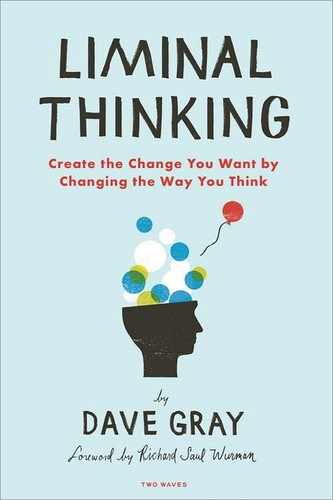Preface
How This Book Came to Be
A new type of thinking is essential if mankind is to survive and move toward higher levels.
—Albert Einstein
Some years ago, I came across a book that had inspired me as a high school student. The book was called Rapid Viz: A New Method for the Rapid Visualization of Ideas by Kurt Hanks. It was the first time I had ever seen someone articulate the idea of drawing as thinking, which since then has become a central theme of my life and work.
The book taught me that drawing is not just a means for illustrating ideas that already exist, but also a medium for exploration, investigation, thinking, and discovery.
The book sat on my shelf for many years, but one day I opened it again, and I was happy to find that it was still as clear, fresh, and compelling as the book I had first opened 20 years earlier.
On a whim, I searched for the author on Google, found his website, and sent him a message through his contact form. The note was quite short:
Hi Kurt,
Just a note to say that your books have been a great inspiration to me – thanks!
Dave
To my surprise and delight, he answered me, which started a dialogue, which became a friendship, which ultimately led directly to the book you’re holding in your hands right now.
What I know now, but didn’t know then, was that Kurt is far more than a visual thinker and designer. He is something that I didn’t really have a name for at the time, but which I now call a liminal thinker. In some ways, he is like a designer or an architect; in other ways, like a psychologist. His art is helping people break down, examine, explore, analyze, and reconfigure their beliefs. More often than not, this process leads to profound change.
One of the reasons he is so good at this is his bedside manner. He is a warm and caring person and one of the best listeners I know. He does not judge.
What I learned from Kurt is that beliefs are often the main things standing in the way of change, not only for individuals, but also for teams, families, organizations, nations, and even the world as a whole.
It took me some years to absorb Kurt’s philosophy, and even longer to learn how to apply it to my work as a leader and management consultant. I’m still learning new things from him all the time.
My early interest in design was sparked by Kurt’s work, many years ago, so I suppose I shouldn’t be surprised that years later, he would inspire me again and spark a renaissance in my life and work.
As a consultant, I would try some of Kurt’s ideas on a large project and find that they succeeded beyond my wildest dreams. The more I worked in the world of organizations and transformation, the more I kept coming back to Kurt’s fundamental premise:
We construct our beliefs, mostly unconsciously, and thereafter they hold us captive. They can help us focus and make us more effective, but sadly, they also can limit us: they blind us to possibility and subject us to fog, fear, and doubt.
Kurt and I have agreed, in the spirit of friendship and in the interest of growing the exciting discipline that we have started to call liminal thinking, to steal liberally from each other.
Nevertheless, I would like to acknowledge him as the source for many of the ideas you will find in this book. Kurt has been working with hearts, minds, and beliefs for many years.
This book is dedicated to Kurt Hanks, my friend and mentor.
